CAINE, acronym for Computer Aided INvestigative Environment, is a Linux distribution specially crafted for performing computer (digital) forensics. It started life as the graduate thesis of Giancarlo Giustini at the Information Engineering Department of the University of Modena e Reggio Emilia, Italy. It is now a project of Digital Forensics for Inter-department Center for Research on Security (CRIS) at the same university.
The latest edition, CAINE 3.0, code-named Quasar, was released on October 3. It is the project’s fifth release, and also marks the first release with MATE as the desktop environment. Previous editions used GNOME 2 and all have been Live CD images for 32-bit platforms. The boot menu is shown below.

CAINE is based on Ubuntu desktop and the latest release is based on Ubuntu 12.04. It, therefore, shares the same installation program with its parent distribution. Though the installer recommends 6.3 GB of disk space for a successful installation, a new installation (of CAINE 3.0) uses just about 3.7 GB of disk space.

As a Live CD, you can use CAINE 3.0 without installing it to a hard drive, but if you choose to install it to local storage, the installer installs it on a single partition, aside from a Swap partition. You can, of course, install the system on a custom set of partitions, provided you know how to create partitions in Linux, using the Advanced Partitioning Tool. If you are engaged in digital forensics, you probably know how, but if you are new to this, guide to disks and disk partitions in Linux is a good read.

If you have never used or installed Ubuntu before, this is how the user setup step during installation looks like. At this step, you may opt to encrypt your home folder. Note, however, that this folder-level encryption does not offer the same degree of physical security that you get with partition-level disk encryption, which will make its debut in Ubuntu’s desktop installer on Ubuntu 12.10, which is set for release on October 18.

As a specialized distribution, CAINE comes with software applications that you will not find on a regular desktop distribution. But unlike BackTrack, a specialized distribution for hacking, which comes with more than 98% of its installed software designed for hacking, CAINE ships with mostly regular applications, with just a small percentage of its installed applications designed for digital forensics.
So the menu of the MATE desktop looks just like that of any regular desktop distribution, with the only difference being a menu category called Forensic Tools. The default desktop with the menu in focus is shown below. In essence, you can use CAINE as a regular desktop distribution.

This shot shows the applications in the Forensic Tools menu category.

Network forensics tools.

Mobile forensics tools.


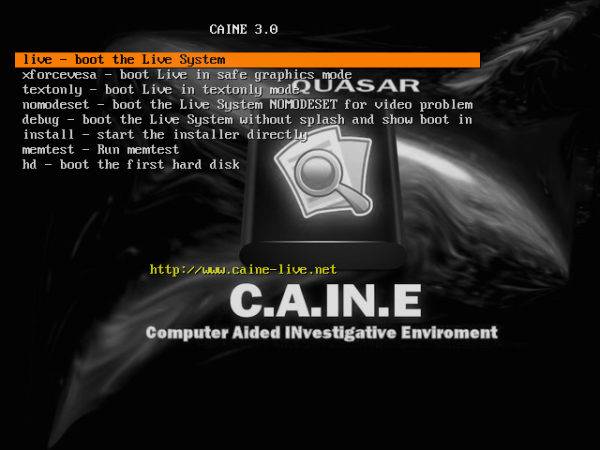
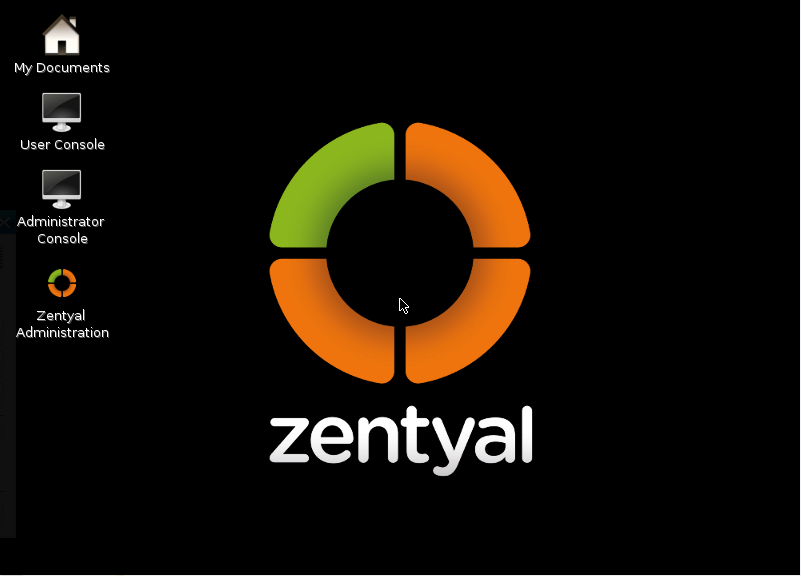
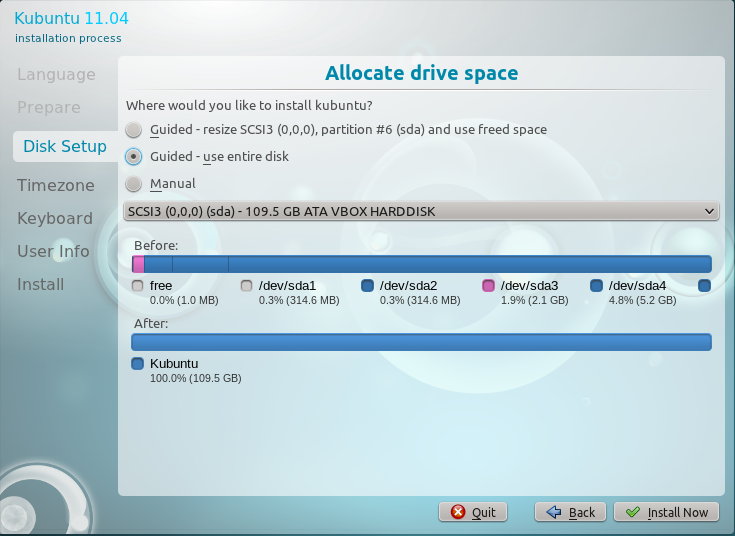
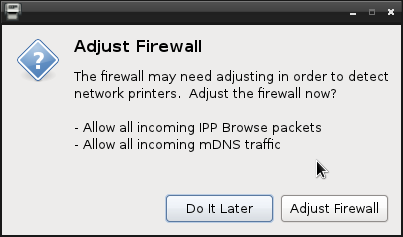
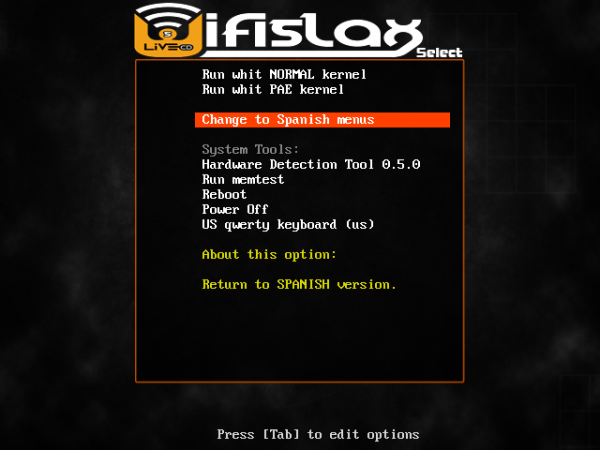


First;
“It is now a project of Digital Forensics for Inter-department Center for Research on Security (CRIS) at the same university.”
It’s not true…since 2009 I’m the project manager as you can read in Caine’s website everywhere http://www.caine-live.net
And….a forensic distro like Caine is not only an Ubuntu filled of many forensic tools…there are many patches for avoiding the changes to attached devices, as the forensic best practices suggest…write blocking etc.
Thank you for your review and have a nice day 😉